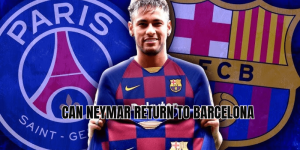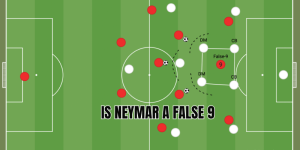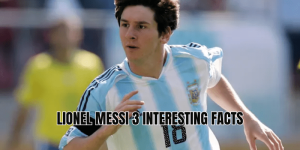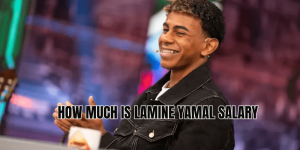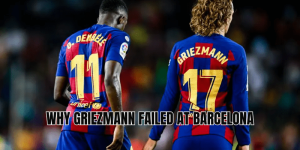Few football stories intrigue fans more than why Haaland rejected Man Utd. At the height of his breakout years, multiple big clubs circled Erling Braut Haaland — yet Manchester United repeatedly failed to land him. What really went wrong? Was it ambition, timing, vision, or something else? In this article, KorKick will dig deep into the personalities, decisions, and behind-scenes reasons that led Haaland down a different path — and why United lost out.
The early connection: Ole, Molde and the first spark
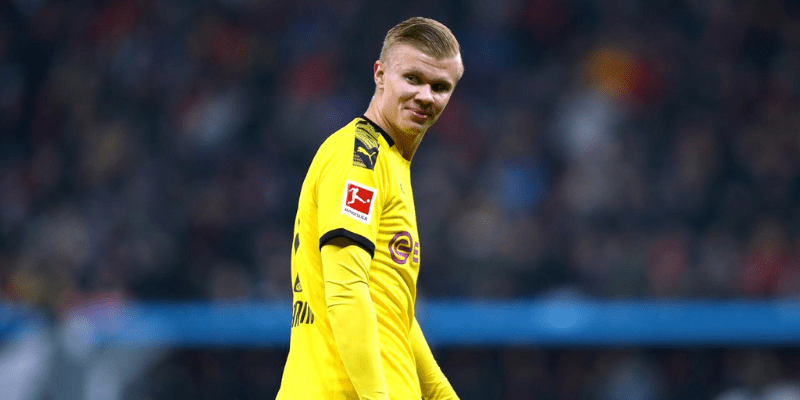
Haaland’s rise began in Norway, and one of the earliest figures to spot his talent was Ole Gunnar Solskjaer during their time together at Molde. When Ole joined Manchester United, he pushed internally for the club to sign Haaland, claiming he had already recommended the young striker back in 2018. United, though, reportedly declined, saying they had “enough reports on players.”
Later, even when Haaland had a release clause (reportedly around €20 million), United did not pursue the move aggressively. Solskjaer later lamented that it was a “club decision” not to act.
This early hesitation planted seeds of doubt about United’s conviction to chase a talent who looked destined for greater things.
The Dortmund vs United choice: Haaland’s perspective
When Haaland moved, he gave his own reasoning for not going to United — and it centers on emotional and tactical alignment.
- Haaland claimed that no club “gave me the feeling I had at Dortmund.” They spoke to him directly, told him he’d play up front, and showed him how he fit into their system.
- He appreciated Dortmund’s direct communication and footballing project, something he felt was lacking in other negotiations.
- His former agent, Mino Raiola, clarified that the decision wasn’t about money: Haaland believed that a move to United at that moment was “not the right step in his career.”
- Raiola added that United had more contact than any other club, but in the end the player chose the environment he felt matched his ambition, rather than simply taking the most prestigious name.
In short: Haaland wanted more than a big name. He wanted the right fit, clear role, and a club that pursued him with belief — in that moment, United didn’t convince him.
United’s sporting status and recent track record
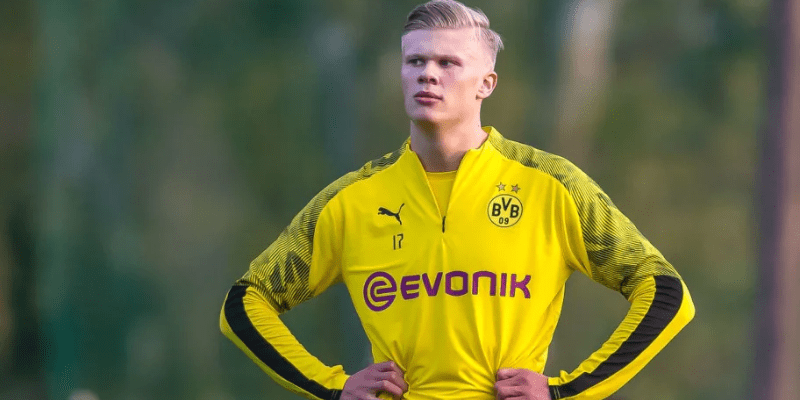
Another dimension behind why Haaland rejected Man Utd lies in Manchester United’s standing at that time — and how it compared to rivals.
- Critics contend that United’s trophy drought (especially in the post-Ferguson era) and inconsistent European form undermined their appeal to elite emerging talents.
- Reports suggest Haaland felt United was no longer competitive enough in both the Premier League and Champions League to match his ambitions.
- When Manchester City emerged as the final suitor, the allure of Pep Guardiola’s system, consistent title challenges, and a clearer path to winning major trophies weighed heavily against United.
- Some analyses indicate that clubs like Chelsea, Real Madrid, Barcelona, and United all faced reservations — for United, their internal instability and shifting project may have been decisive.
Put simply: for a player with sky-high ambition, the club’s trajectory and credibility matter as much as financial terms.
Timing, negotiation and agent dynamics
Even when interest existed, United’s timing and handling of Haaland’s negotiations often lagged behind.
- In many cases, United did not make formal bids early enough, giving other clubs time to solidify their offers.
- Solskjaer claimed that United had turned down a deal as low as £4 million in 2018 — a bargain price — though such claims are debated.
- United’s recruitment structure and risk tolerance may have delayed decisions, making them less attractive in fast-moving markets.
- Additionally, Haaland’s agent dynamics played a part. Raiola insisted that the decision had nothing to do with him demanding provisions in future sales; instead, he described the process as normal negotiation.
- The combination of United’s hesitance and rival clubs acting decisively eventually left United too late in many of the critical windows.
Thus, negotiation complacency and internal decision delays contributed significantly to the rejection.
Real or myth: dispelling rumors and alternate theories
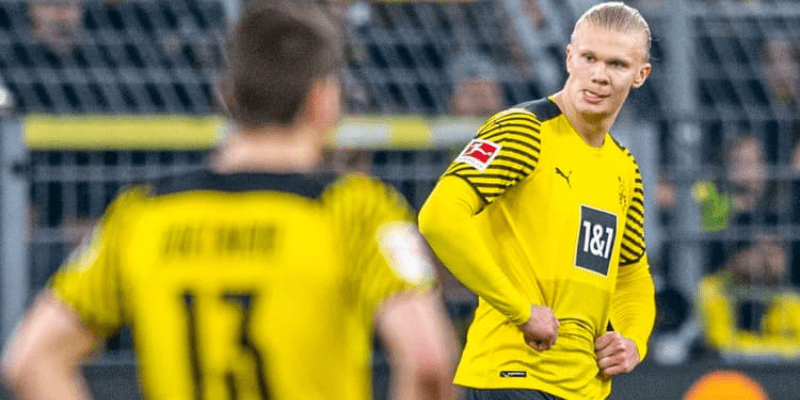
Around any high-profile transfer tale, myths flourish. Let’s sift through them:
Agent demands
There has long been a rumor that Raiola’s demands or refusal to accept United’s terms sank the deal. However, Raiola himself rejected that narrative, stating the choice was Haaland’s and that negotiations were handled normally.
Personality or character doubts
Some reports claimed clubs like Barcelona judged Haaland’s personality or character as concerns. But there’s no public strong evidence that United shared significant character concerns — the core issues appear more strategic and timing-based.
Injury history
While Haaland has had some injury issues, there’s no major indication that United avoided him for fitness reasons. That line of reasoning is more speculative than grounded.
So, while alternative theories circulate, the most concrete reasons are rooted in club project, ambition mismatch, negotiation speed, and timing.
What United lost — and what Haaland gained
By not securing Haaland, Manchester United arguably lost the chance to build a long-term generational striker for decades. Imagine combining a committed talent like Haaland with United’s infrastructure and global brand. They might have reshaped their forward identity for years.
Meanwhile, Haaland’s trajectory benefited from his choices:
- At Dortmund, he exploded onto the elite stage, scoring with ferocity and consistency.
- At Manchester City, he joined a club already winning — and quickly became central to their domestic and European dominance.
- His decision allowed him to be part of a team with momentum, structure, winning culture, and the tools to chase personal records.
So, by rejecting United, Haaland bet on himself and found environments that matched his ambition.
Lessons for clubs — and for transfer strategy
The saga of why Haaland rejected Man Utd offers clubs several takeaways:
- Big name alone doesn’t win talents — club belief, clarity, and narrative matter.
- Speed, decisiveness, and conviction matter in high-stakes transfers.
- Project alignment and long-term vision can sway stars more than short-term money.
- Listening to youth, trusting their instincts, and acting early can make or break deals.
Conclusion
Why Haaland rejected Man Utd is a tale of more than money or prestige. It was about ambition, connection, clarity, timing, and the belief that his move should match his dreams. United had opportunities — recommended by Solskjaer, tempting release clauses, and early contact — but failed to act with conviction and urgency. Haaland, ever discerning, chose the path where he felt most wanted, aligned, and trusted.
Now, KorKick invites you to dive deeper: check out our profiles of Haaland’s most brilliant seasons, compare alternative transfer what-ifs, and explore how United’s transfer philosophy might evolve in response. If you want to read more about Haaland’s career, United’s transfer history, or future stars snubbing clubs, just say the word — we’ll bring you the stories.

